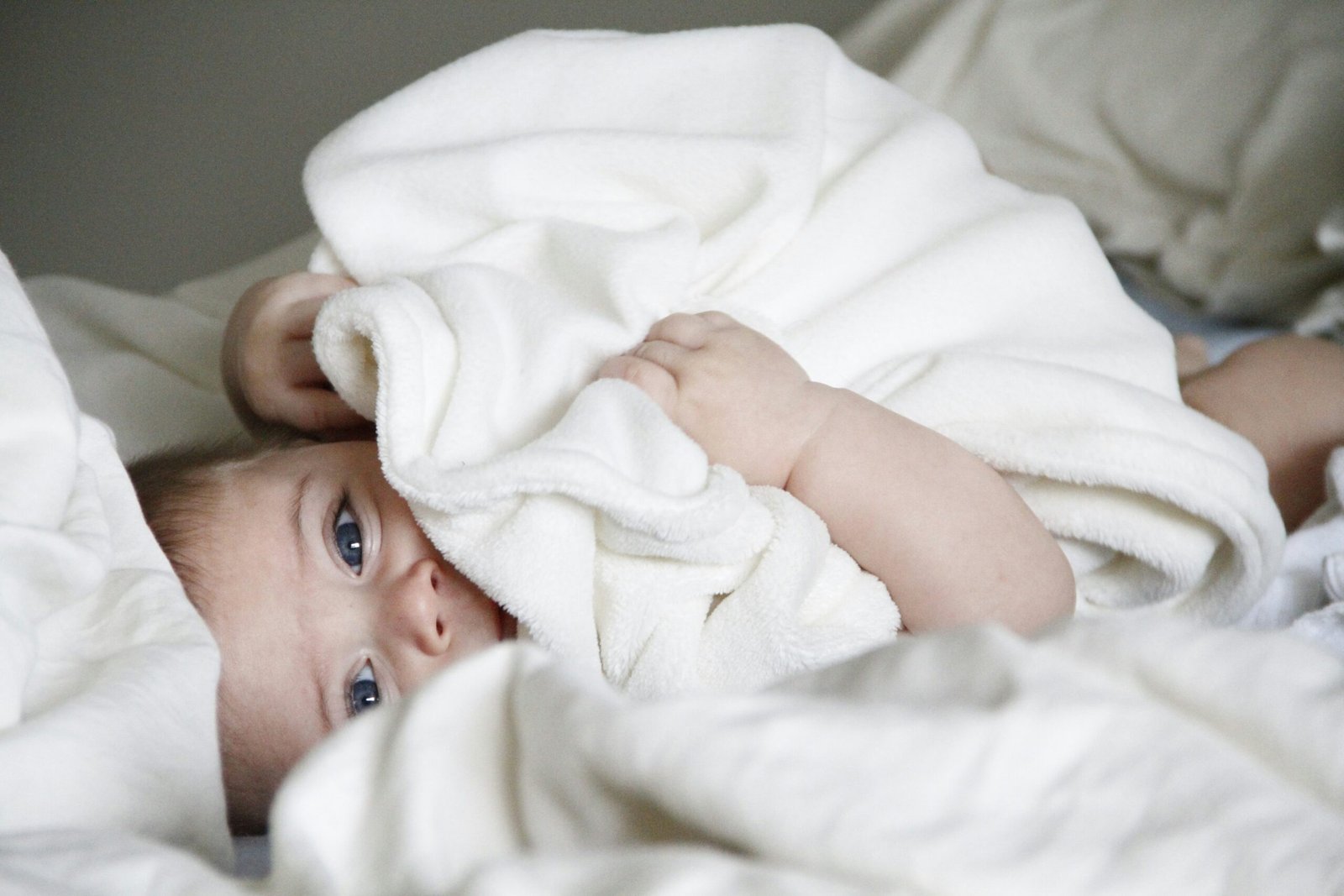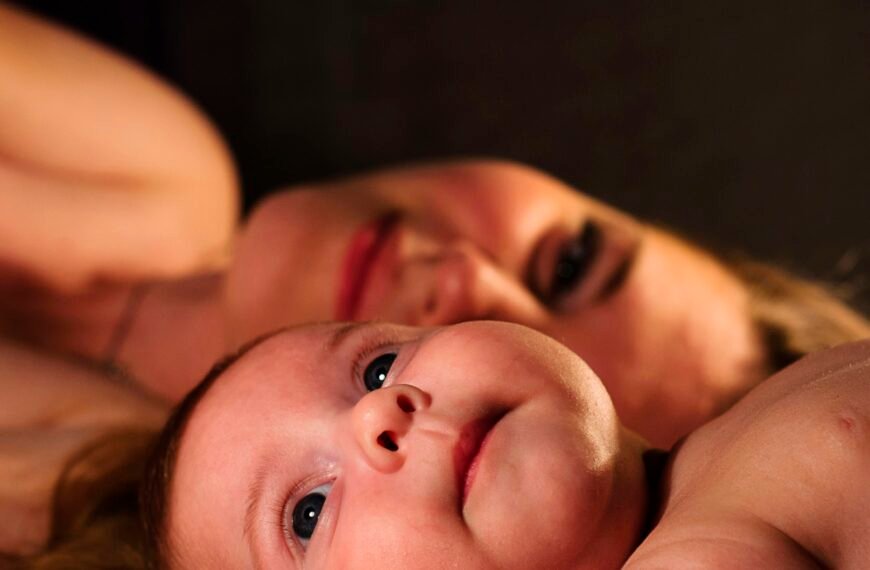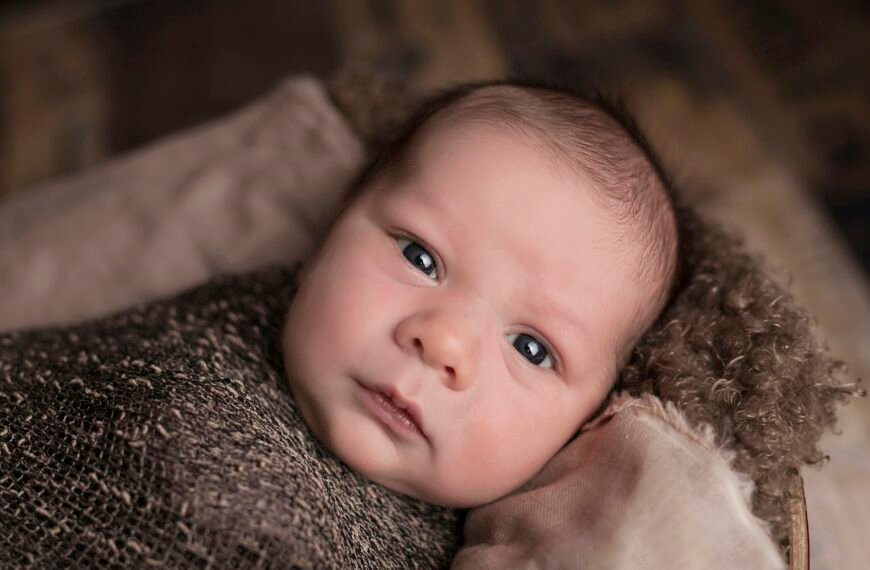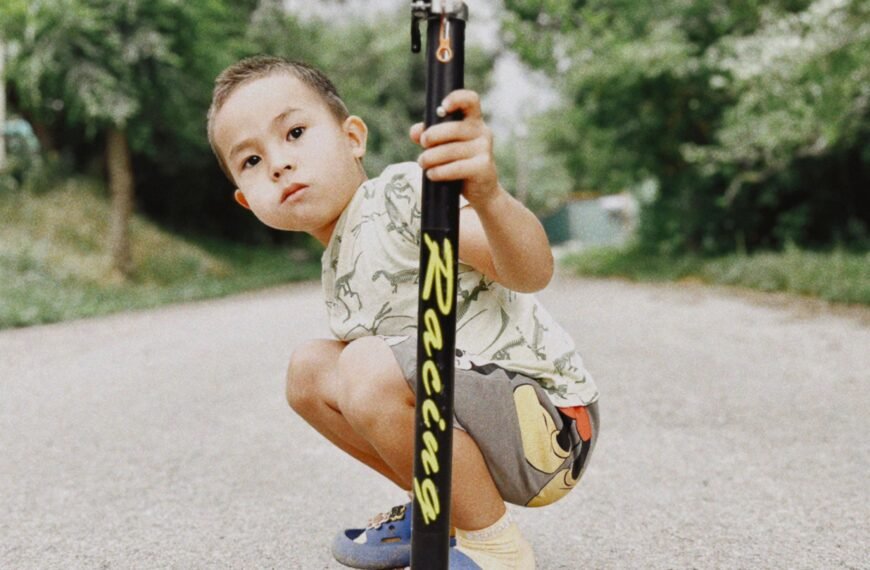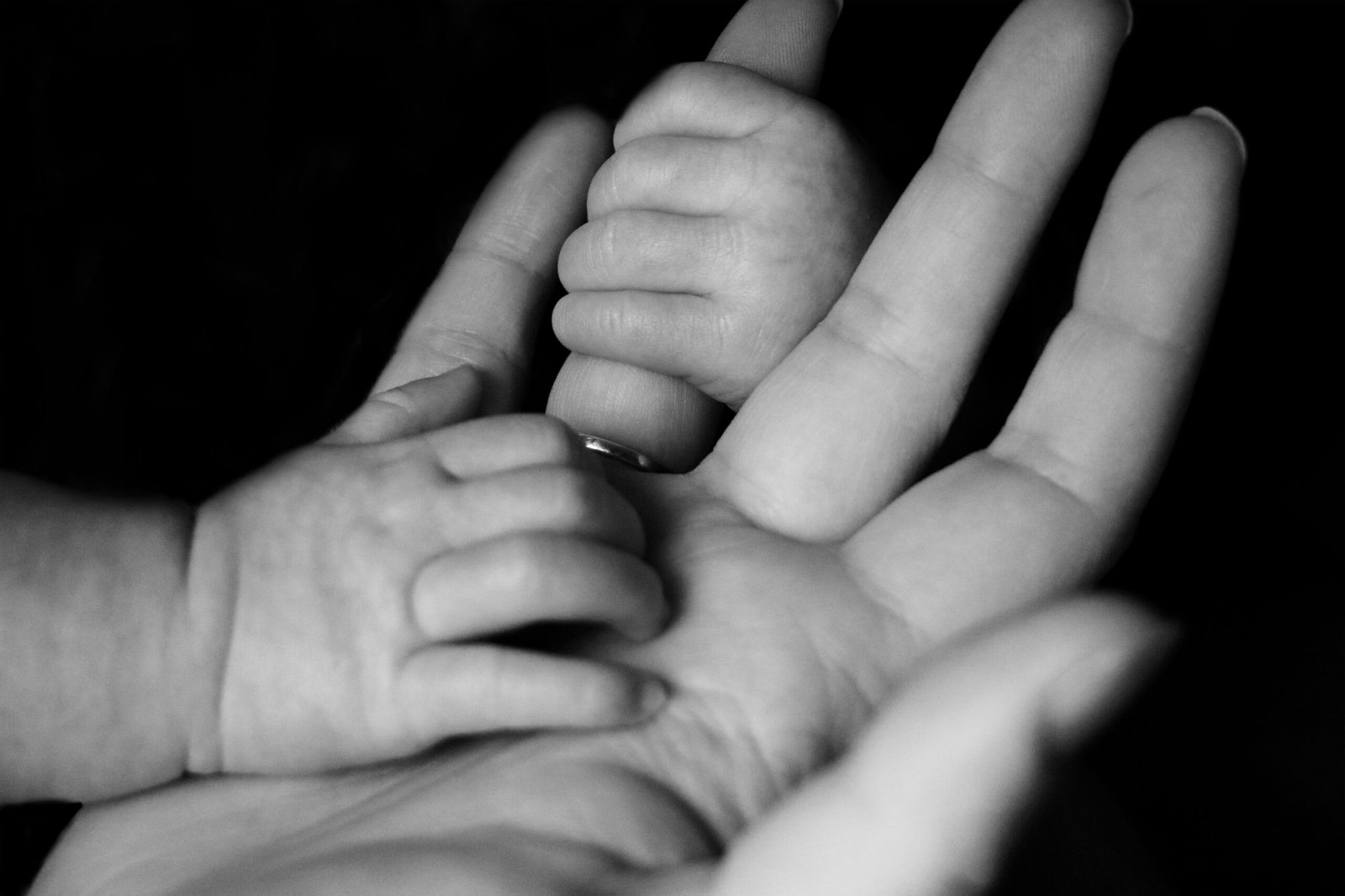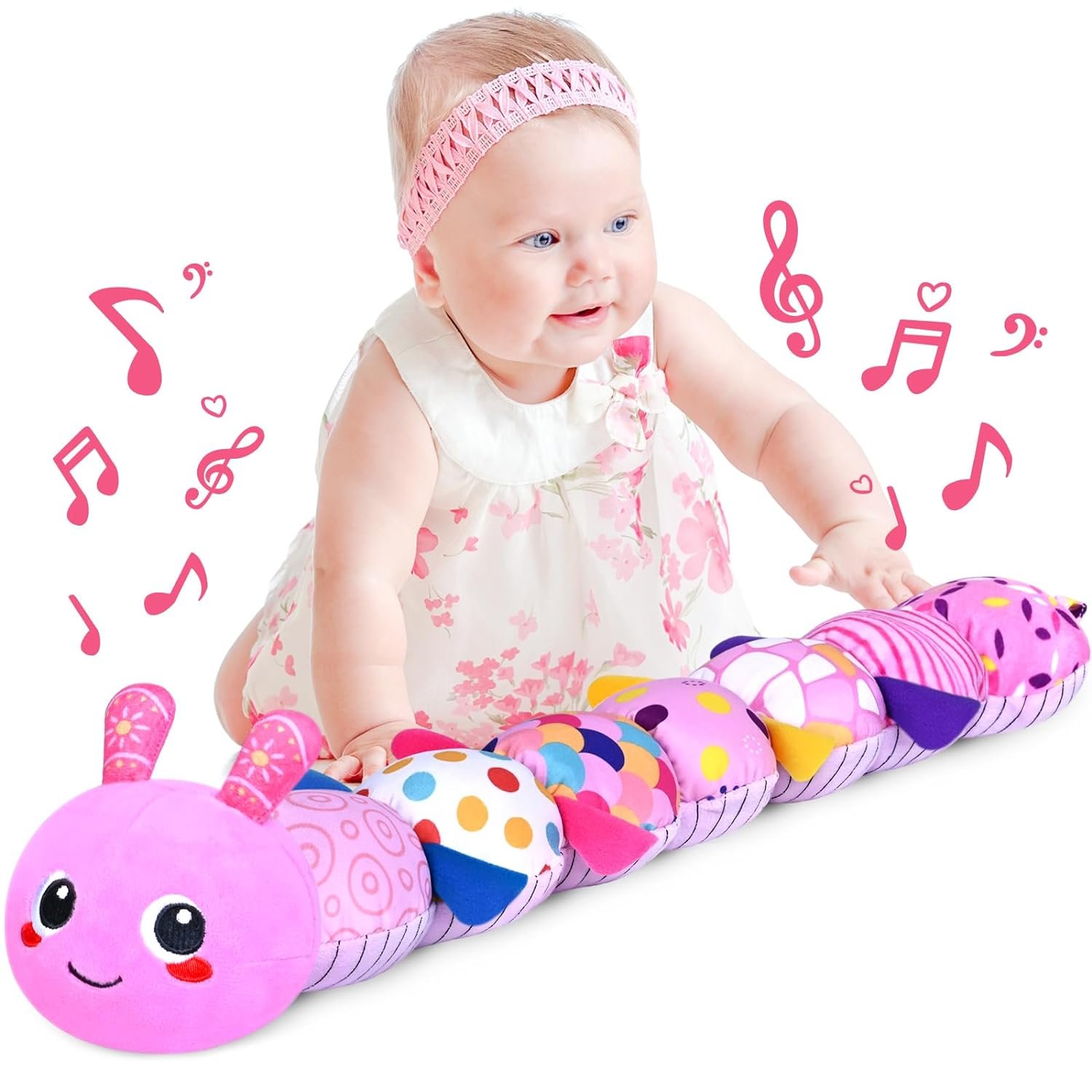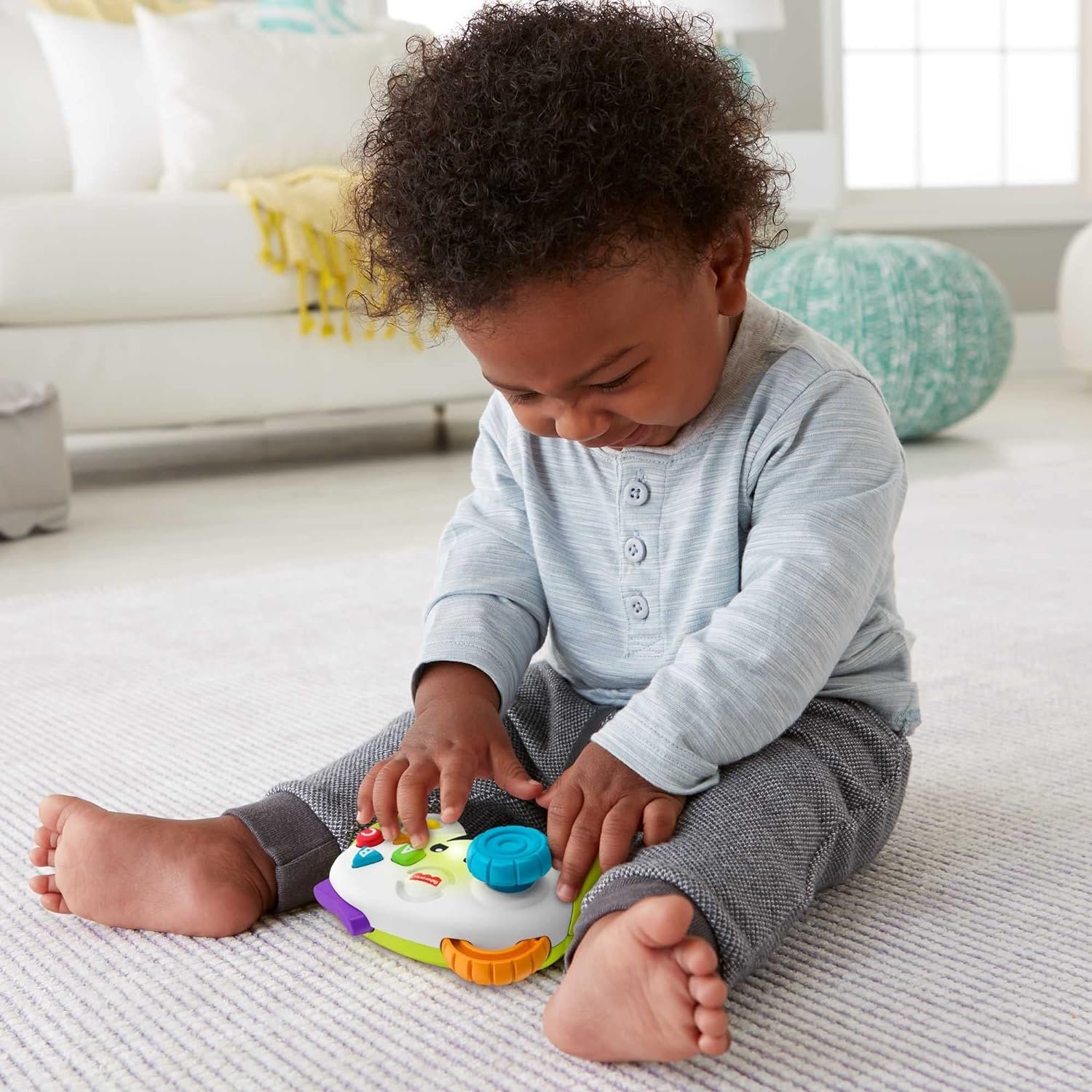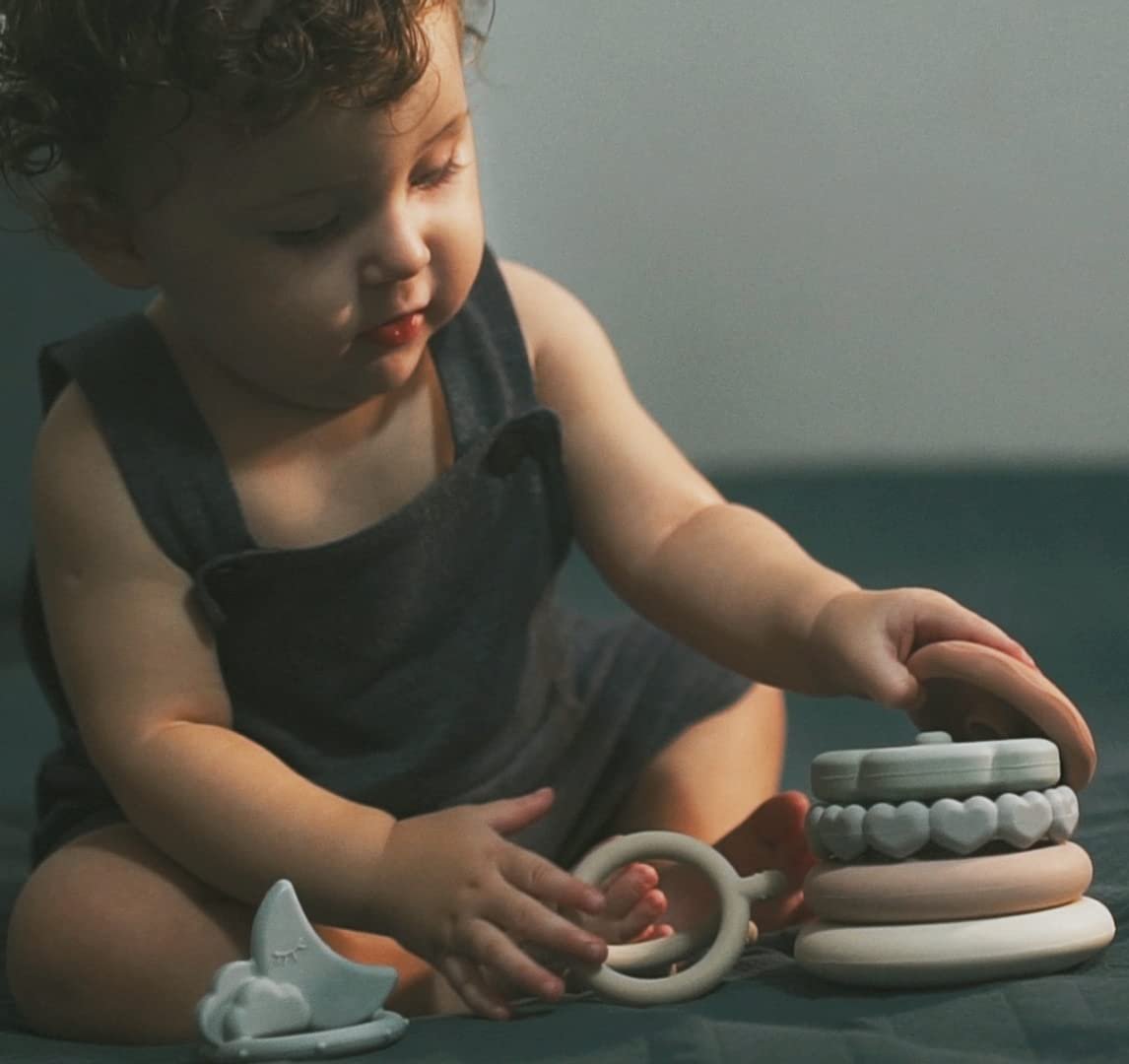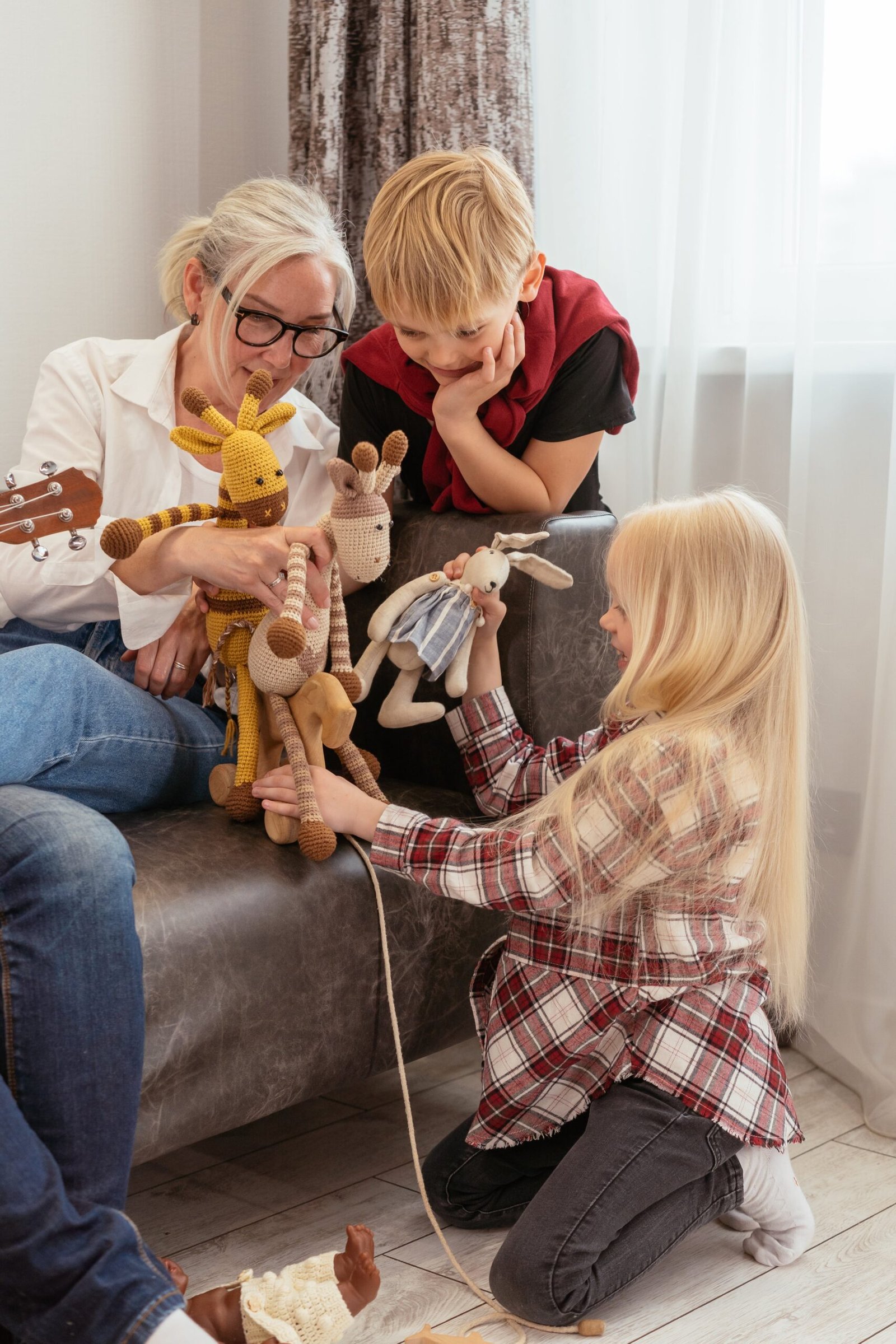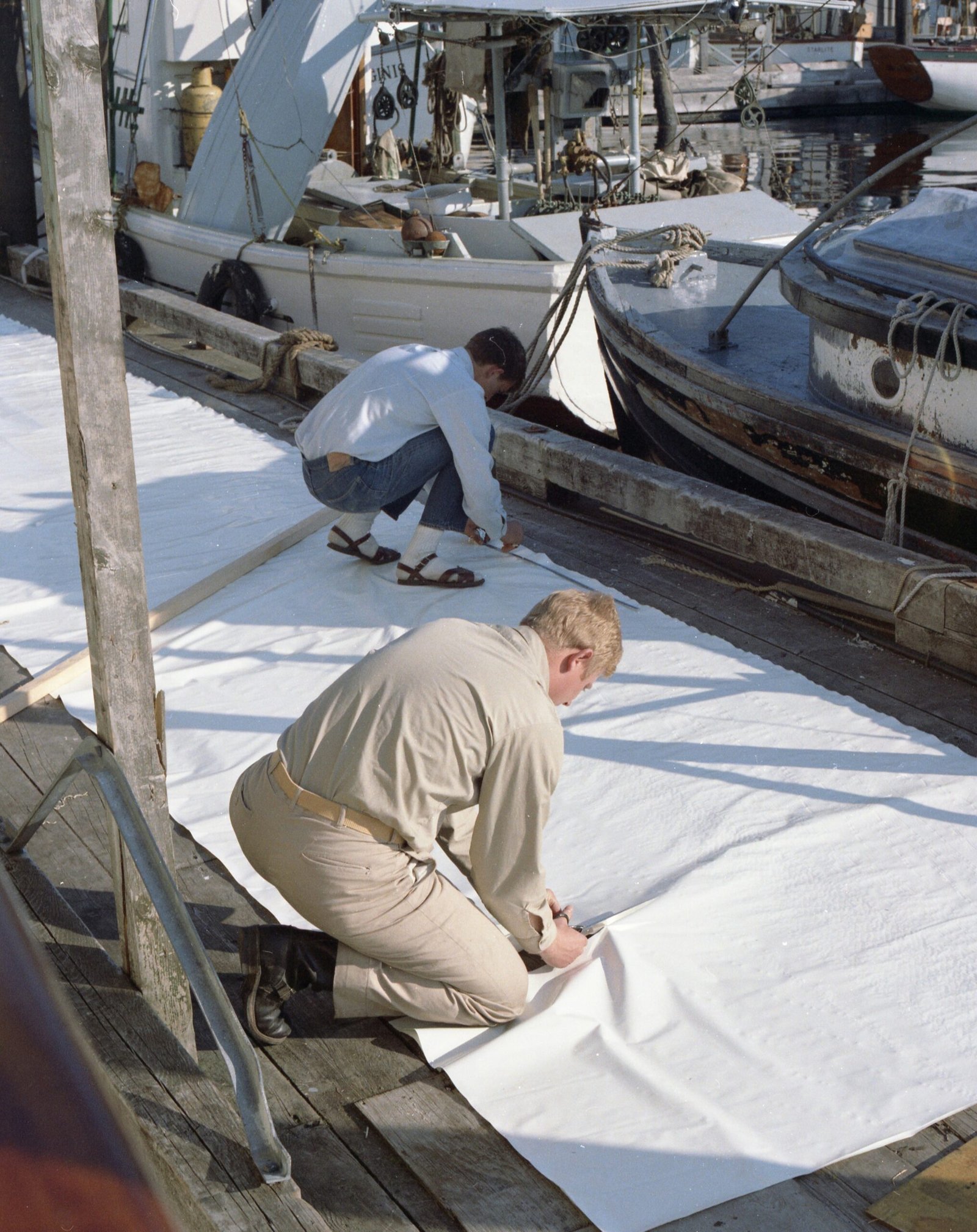Imagine watching your little one discover the fascinating world of toys. It’s a heartwarming sight that every parent eagerly awaits. But have you ever wondered when exactly babies start playing with toys? This article explores the exciting milestone in a baby’s development when they begin to engage with colorful blocks, fluffy stuffed animals, and all the beloved playthings that bring joy and stimulation to their lives. From reaching, shaking, and exploring different textures, to imitating actions and creating imaginative scenarios, let’s embark on a journey to unveil the magical moment when babies enter the enchanting realm of play.

Check Baby Toys Guide & Review
Newborn Stage
Exploring with Hands and Mouth
During the newborn stage, your baby is just beginning to discover the world around them. One of the ways they do this is by exploring with their hands and mouth. They will often bring their hands to their mouth and use their fingers to explore different textures and sensations. This is completely normal and helps your baby develop their sense of touch. It’s important to provide them with safe toys that are free of small parts or choking hazards.
Responding to Sounds and Lights
Another way babies in the newborn stage begin playing with toys is by responding to sounds and lights. They are naturally drawn to bright lights and interesting sounds, which can captivate their attention. Toys that produce soft sounds or have gentle lights can be great options during this stage. Mobiles that hang above the crib and play soothing music can also help stimulate your baby’s senses and provide them with a calming environment.
1-3 Months
Grasping and Reaching
Between 1 and 3 months of age, your baby’s motor skills will continue to develop, allowing them to grasp and reach for objects. This is an exciting milestone as it opens up a whole new world of play for your little one. Soft toys that are easy to grip, such as stuffed animals or plush rattles, are perfect for this stage. They can practice their hand-eye coordination by trying to grab onto these toys and explore their different textures.
Visual Tracking
At this stage, your baby’s vision is improving, and they are able to track objects with their eyes. Mobiles with colorful and contrasting patterns can help stimulate their visual tracking skills. You can hang a mobile above the crib or invest in a play mat with hanging toys that your baby can try to follow with their eyes. This not only entertains them but also helps in developing their visual skills.
Playing with Rattles and Soft Toys
By 1-3 months old, your baby will have more control over their movements and will enjoy exploring toys that make noise. Rattles are a popular choice during this stage as they provide auditory stimulation and are easy for your baby to hold. Soft toys with different textures also become more interesting to your baby as they start to explore with their hands and mouth. Opt for toys that are safe and easy to clean, as babies often put everything in their mouths at this age.
4-6 Months
Improving Hand-Eye Coordination
Between 4 and 6 months, your baby’s hand-eye coordination continues to improve. They will start reaching for objects with more accuracy and purpose. Toys that require grasping, like baby-safe blocks or rattles, can help your baby refine their hand movements. Encourage your baby to reach out and interact with these toys, as it helps them build their motor skills and hand-eye coordination.
Playing with Teething Toys
Around this age, your baby’s first teeth may start to emerge, and they will experience discomfort and itchiness in their gums. This is the perfect time to introduce teething toys. These toys are designed to provide relief to your baby’s sore gums and also serve as a source of entertainment. Look for teething toys made of safe materials such as BPA-free silicone. You can chill these toys in the refrigerator before giving them to your baby for added comfort.
Exploring Textures and Shapes
At 4-6 months old, your baby will become more interested in exploring different textures and shapes. Toys with different textures, such as fabric books or sensory balls, can stimulate their senses and encourage sensory exploration. Soft blocks with different shapes can also be fascinating for your baby as they learn to grasp and manipulate objects. These toys not only aid in their sensory development but also enhance their fine motor skills.
6-9 Months
Sitting and Playing
Between 6 and 9 months, your baby will likely be able to sit up on their own, opening up a whole new range of play options. Sit-and-play activity centers or baby gyms with interactive toys can keep them engaged and entertained. These toys often include buttons to press, levers to pull, and other interactive features that promote your baby’s cognitive and fine motor development. They can also help strengthen your baby’s core muscles and improve their balance.
Stacking and Nesting Toys
As your baby’s motor skills continue to develop, they will enjoy toys that allow them to stack and nest objects. Stacking toys, such as cups or blocks, can help improve their hand-eye coordination and introduce them to the concept of cause and effect. Nesting toys, which consist of different-sized objects that fit inside one another, can also be intriguing for your baby. These toys encourage problem-solving and fine motor skills.
Playing with Cause-and-Effect Toys
At this age, your baby’s understanding of cause and effect is growing rapidly. Toys that demonstrate cause and effect, such as push-toys that make sounds or electronic toys that respond to touch, can fascinate your little one. They will enjoy pressing buttons, pulling levers, or shaking toys to produce different outcomes. These toys not only entertain but also help your baby develop their cognitive skills and understand cause and effect relationships.

9-12 Months
Cruising and Crawling Toys
Between 9 and 12 months, your baby will likely begin to cruise along furniture or may even start taking their first steps. Toys that support their physical development and encourage movement, such as push walkers or ride-on toys, can provide hours of entertainment. These toys give your baby the confidence to explore their surroundings and develop their gross motor skills. Look for toys that are sturdy, have good balance, and provide support for your baby as they practice walking and cruising.
Push and Pull Toys
By this age, your baby will have more control over their movements and will enjoy toys that involve pushing or pulling. Push toys, like toy lawnmowers or shopping carts, can be great for encouraging walking and core strength. Pull toys, such as pull-along animals or trains, promote coordination and balance. These toys also foster imaginative play as your baby begins to imitate everyday activities and explore the concept of cause and effect.
Simple Puzzles
As your baby approaches their first birthday, their problem-solving skills will be developing rapidly. Introducing simple puzzles with large, chunky pieces can be a fun and engaging way to develop their cognitive skills. Look for puzzles with pictures and themes that interest your baby, as this will encourage them to engage with the puzzle and attempt to fit the pieces together. Start with puzzles that have only a few pieces and gradually increase the complexity as your baby becomes more adept at solving them.
1-2 Years
Imaginative Play and Pretend Toys
Between 1 and 2 years old, your toddler’s imagination will begin to blossom. They will enjoy engaging in pretend play and imitating everyday activities. Toys that promote imaginative play, such as play kitchens, tool sets, or dollhouses, can be fantastic additions to their toy collection. These toys encourage creativity, social skills, and language development as your child starts to explore different roles and scenarios.
Building Blocks and Shape Sorters
Building blocks and shape sorters are classic toys that provide endless opportunities for learning and development. At this stage, your toddler will begin to understand basic shapes and will enjoy sorting and stacking activities. Building blocks help improve their fine motor skills, spatial awareness, and problem-solving abilities. Shape sorters enhance their cognitive skills as they match shapes and fit them into corresponding holes. These toys also encourage creativity and open-ended play.
Music and Movement Toys
Children at this age love to move and explore their environment. Music and movement toys, such as musical instruments or toys that encourage dancing, can be great options to keep your toddler engaged and active. Musical instruments like keyboards, drums, or xylophones allow your child to explore different sounds and rhythms while promoting hand-eye coordination and fine motor skills. Toys that encourage movement, such as ride-on toys or small trampolines, help develop their gross motor skills and provide a fun outlet for physical activity.
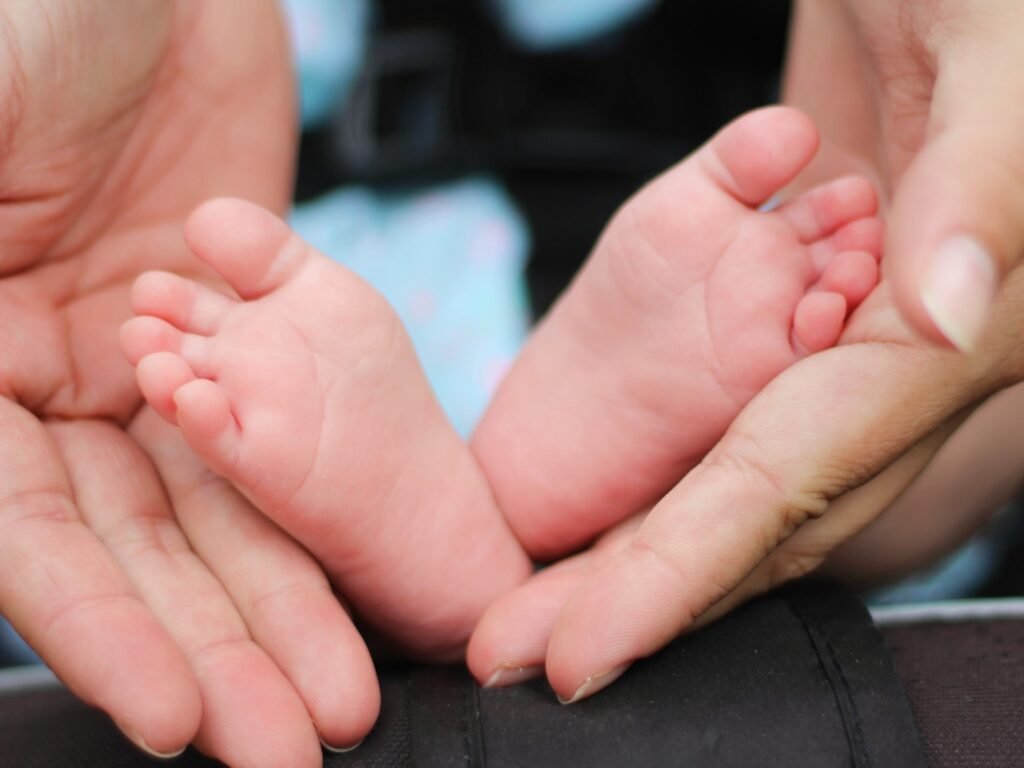
2-3 Years
Role-Playing Toys
Between the ages of 2 and 3, your child’s imagination and language skills will continue to grow. They will enjoy engaging in role-playing and pretend play, imitating different characters and scenarios. Role-playing toys, such as dress-up clothes, play kitchens, or doctor sets, can be wonderful additions to their toy collection. These toys foster creativity, language development, and social skills as your child engages in imaginary play and interacts with others.
Large and Small Motor Skills Development
At this age, your child’s large and small motor skills are rapidly developing. Toys that promote these skills, such as tricycles, balance bikes, or puzzles with smaller pieces, are great options. Tricycles and balance bikes enhance their gross motor skills and balance, preparing them for future bike riding. Puzzles with smaller and more complex pieces challenge their fine motor skills and hand-eye coordination while developing their cognitive abilities.
Interactive and Educational Toys
As your child continues to learn and explore, interactive and educational toys can provide fun and engaging experiences. Toys that promote numbers, letters, colors, or other educational concepts can help your child develop their cognitive abilities. Interactive toys with buttons, lights, and sound effects capture their attention and encourage problem-solving skills. Look for toys that are age-appropriate and align with your child’s interests to facilitate their learning and development.
3-4 Years
Art and Craft Sets
At 3-4 years old, your child’s artistic skills and creativity begin to flourish. Art and craft sets, such as coloring books, washable markers, or play dough, can provide hours of entertainment and help develop their fine motor skills. These activities promote hand-eye coordination, self-expression, and imagination. Encourage your child to explore different art techniques and allow them to unleash their creativity through various mediums.
Language and Cognitive Development Toys
At this stage, your child’s language and cognitive skills are rapidly developing. Toys that promote language development, such as storybooks, puzzles with words or letters, or interactive toys with learning activities, can be beneficial. Storybooks encourage vocabulary development and reading comprehension, while puzzles and interactive toys enhance cognitive abilities and problem-solving skills. Engage with your child during playtime to encourage conversation and literacy skills.
Group Play and Board Games
As your child grows, social interaction and cooperation become important skills. Group play and board games can help develop these skills while providing fun and entertainment. Board games that are age-appropriate and have simple rules can teach your child about turn-taking, sharing, and strategizing. Playing with others also promotes listening skills, communication, and helps develop positive social behaviors.
4-5 Years
Construction and Building Toys
Around 4-5 years old, your child’s curiosity and ability to imagine and create grow even further. Construction and building toys, such as building blocks, magnetic tiles, or LEGO sets, are perfect for stimulating their creativity and critical thinking. These toys encourage problem-solving, spatial awareness, and fine motor skills. Your child can build structures, vehicles, or even their own imaginative worlds, providing endless possibilities for learning and play.
Problem-Solving and Logic Games
As your child’s cognitive skills continue to develop, they become more capable of taking on puzzles and logic games that require problem-solving skills. Look for jigsaw puzzles with more pieces or games that involve patterns or sequencing. These activities challenge your child’s reasoning abilities, improve their concentration, and foster logical thinking. Puzzles and logic games not only provide enjoyment but also support their cognitive development.
Sports and Outdoor Toys
Physical activity and outdoor play are crucial for your child’s overall development. Sports and outdoor toys, such as soccer balls, bicycles, or jump ropes, enhance their gross motor skills, coordination, and cultivate an active lifestyle. These toys allow your child to engage in unstructured play and explore their physical abilities. Encourage them to participate in various sports and outdoor activities to promote a healthy and active lifestyle.
5+ Years
Advanced Construction Sets
As your child grows older, they may develop a keen interest in more complex construction sets. Advanced building sets, such as robotic kits or more intricate LEGO sets, can challenge their engineering skills and creativity. These toys provide opportunities to design, build, and problem-solve, promoting critical thinking and logical reasoning. Advanced construction sets also foster perseverance and patience as your child works towards completing more complex projects.
STEM and Coding Toys
In today’s technological world, introducing STEM and coding toys at an early age can help your child develop valuable skills for the future. These toys, such as coding robots or science experiment sets, spark an interest in science, technology, engineering, and mathematics. They promote logical thinking, problem-solving, and creativity while providing hands-on learning experiences. Encouraging your child to explore these areas can lay the foundation for potential future careers or hobbies.
Collectible and Hobby Toys
As your child grows older, they may develop specific interests or hobbies. Collectible toys, such as trading cards or action figures, can foster their passion and provide opportunities for imaginative play. Hobby toys, such as model kits or art sets, allow your child to explore their creativity and develop specialized skills. Encourage and support their interests by providing toys and materials relevant to their hobbies, which can inspire a lifelong love for learning and exploration.
In conclusion, as your baby grows, their play preferences and abilities evolve. From exploring with their hands and mouth in the newborn stage to engaging in imaginative play and problem-solving games as they get older, each developmental stage presents new opportunities for play and learning. By providing age-appropriate toys and engaging in interactive play with your child, you can support their development and create lasting memories together.

